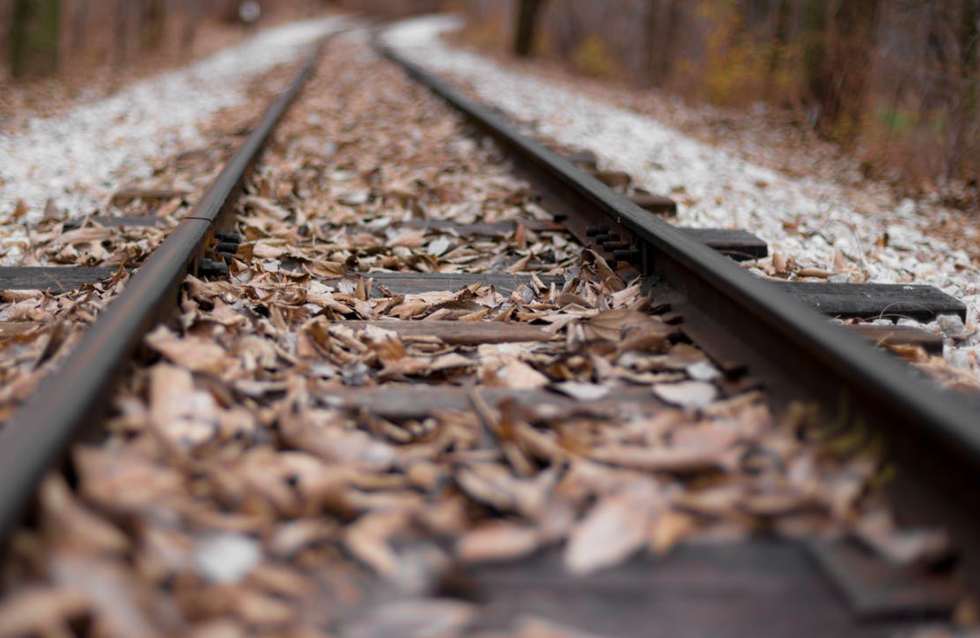Train delays caused by falling branches and leaves on the line increase by two thirds since start of the decade

New figures have revealed a sharp increase in train delays as a result of leaves on the line and falling branches.
Figures released by Network Rail show there were 19,000 incidents of trees and branches falling on to lines in 2017/18 – up from 11,500 in 2009/10.
Leaves on the line caused a staggering 3,261 hours of delays last year – a 70% rise in a decade.
Rain can make leaves stick to rails, creating a slippery layer which makes it harder for trains to brake and accelerate.

In areas with heavy leaf-fall, some train companies operate special autumn timetables with slower journeys to allow trains to travel more cautiously.
A Government-commissioned review hit out at Network Rail’s failure to manage vegetation by the side of the 20,000-mile network, which had the ‘potential to impact as much on safety and performance as on biodiversity’.
The Varley review was ordered in May by then-rail minister Jo Johnson following reports that an internal Network Rail document showed it planned to carry out an ‘enhanced level of clearance’ along lines from 2019 to 2024.
MORE: ‘This has nothing to do with equality’: Councillor defends decision to ban women from playing Father Christmas
MORE: Family stockpile ‘essential food’ – including quinoa and baked beans – in case of no-deal Brexit
Rail minister Andrew Jones responded to the report by ordering Network Rail to produce an action plan to address the issues.
Mr Jones said he understands concerns when people see trees being cut down but noted that without effective lineside vegetation management ‘we risk delays and compromise safety for passengers’.
He added: ‘Network Rail already demonstrates good practice in many locations but it is vital this is mirrored across the network, which is why I have asked the organisation to put together a plan which addresses these issues in the next six months.

‘This is about culture change across the organisation as a whole.’
The review into Network Rail’s vegetation management, led by land manager John Varley, highlighted the need for good practice to be rolled out across the network.
Network Rail chief executive Andrew Haines welcomed the report and the opportunity to develop an ‘ambitious vision for increasing biodiversity on the railway’.


